While driving for what seemed an interminable time on Friday morning (not even to see a bird!), I learned a new term: “awe walks.” I was listening to a podcast featuring Dr. Dacher Keltner, a UC Berkley professor who studies social interaction and emotion, including awe. His group defines awe as:
a positive emotion elicited in the presence of vast things not immediately understood.
In studying this emotion, they evaluated the effects of weekly “awe walks”, where they guided study participants to look at small things in detail and then pan out and look at what’s vast while walking. As Dr. Keltner described the study conditions, I couldn’t help but think “that’s birding.” Zooming in to look at small things in detail—my mind immediately jumped to looking at a Golden Crowned Kinglet through my binoculars.
Panning out to look at what’s vast—I imagined scanning the big lake at sunrise.
This 8-week study found that those who engaged in the “awe walks” (compared to controls who went on a vigorous walk for the same amount of time) experienced more awe, felt more compassion and kindness, less distress, and less physical pain. How wonderful is that?! A practice that benefits the self as well as others and it’s easy and accessible for most people.
Turns out, we birders have been taking “awe walks” all this time, we just had a different name for it. The findings of this study mirror what I’ve discovered while birding too. Do I experience awe more regularly? Absolutely! Does it alleviate my distress? 100%—birding has become an essential part of my mental health care. Does it help with my physical pain? Yesterday it did. I started my walk with a pretty painful back (and yet I still carried my heavy camera and binoculars) and after birding I feel better than I had all week. Has it made me kinder? I think so, and I think my husband might agree. Whenever I am in a particularly crabby mood he tends to ask “do you think you need a walk in the woods?” Ha!
I’m curious if what’s described as “awe walks” reflects your style of birding and if you’ve experienced the same benefits too.
What the birds have been up to
A few Snowy Owls descended on Cook County this week, and our Birding Illinois Discord lit up with all the happy birders that got to see them along the lakefront. These gorgeous owls are such a treat, and before I started birding I had no idea they visited here in the winter and could be found within just a few miles of home.
Unfortunately, I didn’t manage to see a Snowy Owl this week despite my best efforts. I couldn’t get out during the week, and yesterday’s birding didn’t turn up any sightings. However, I was thrilled to alert one of my closest friends to the presence of a Snowy Owl just a few miles from her home in a neighboring county.
A few years ago, on an especially bitter winter day, she and I had searched in vain for a Snowy Owl with her oldest son—a disappointing outcome since Snowies are his favorite animal. This time, I was rooting for them to have better luck. The owl had been spotted in a cornfield not far from their house, and it seemed pretty content to stay put.
To my delight, my friend and her family were able to see her! Her oldest son declared it the second greatest experience of his life (!!), which, honestly, feels like an even greater gift than spotting the Snowy myself.
What I’ve been working on
I’m still working my way through my art mentorship course and have kept up with daily sketching. Here’s a selection of my 30 minute watercolor birds from this past week.
My favorite bird
My favorite bird of this week is the Ring-necked Duck—a lifer for me yesterday! While these diving ducks can be found in my home county during Weird Duck season, I hadn’t encountered one until yesterday. Fellow Cook County birders may be surprised by this because they really aren’t all that hard to find, but I have been hoping to find them at my local patch and therefore haven’t tried to seek them out elsewhere.
There’s just something extra special about getting a lifer at your local patch, don’t you think?
Yesterday was finally my lucky day and I managed to pick out about 25 in a huge raft of Greater (and some Lesser) Scaup, Redheads, and Canvasbacks floating not far offshore. Yay!
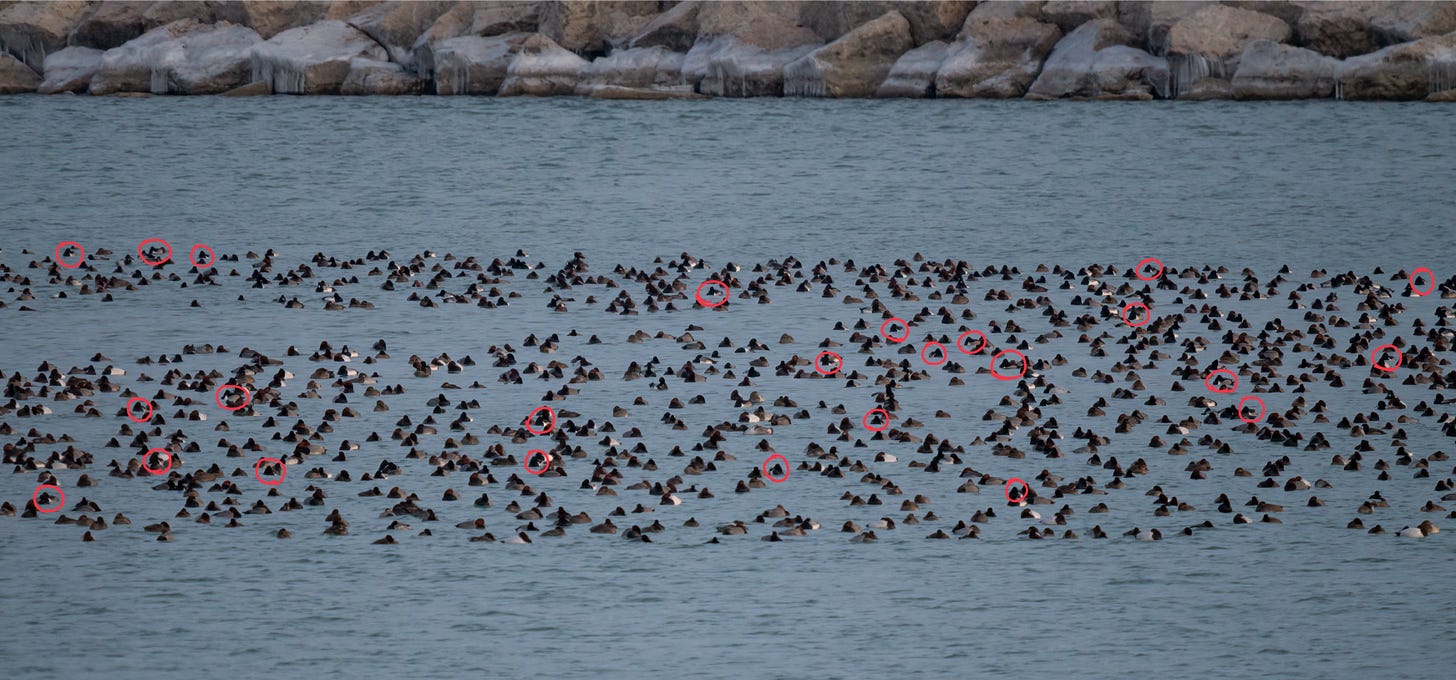
Neat facts about Ringed-neck Ducks:
While 19th-century biologists may have been captivated by the chestnut collar that gives these ducks their name, it’s not a useful field mark. Instead, Ring-necked Ducks are much easier to identify by their distinctive peaked heads and the white patches in front of their gray flanks.
Ring-necked ducks are omnivorous, consuming vegetation as well as earthworms, leeches, snails and clams. While they mostly capture food during shallow dives, they also forage while dabbling and snapping up food on the water’s surface.
Most Ringed-neck Ducks breed and winter in North America and migrate along the Atlantic and Mississippi flyways. Their internal clocks seem to drive the timing of their migration rather than local weather, and they usually migrate at night in small flocks of 10-75 birds.
Images and illustrations: Kelly C. Ballantyne
Sources:
Podcast episode about awe walks:
All About Birds: https://www.allaboutbirds.org/guide/Ring-necked_Duck
Birds of the World:

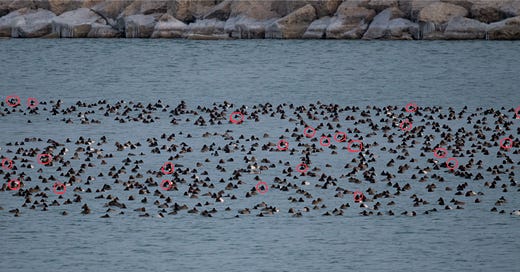


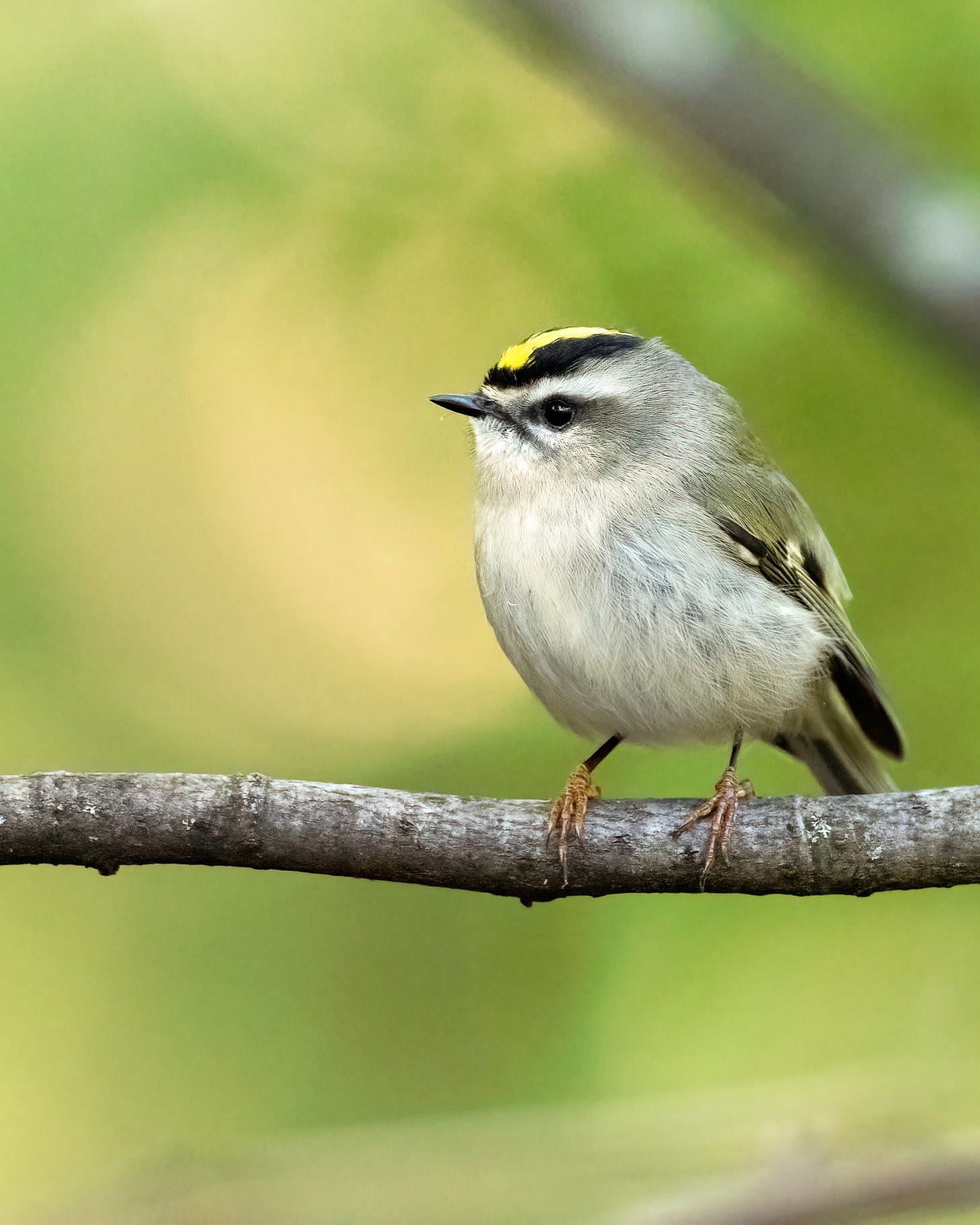
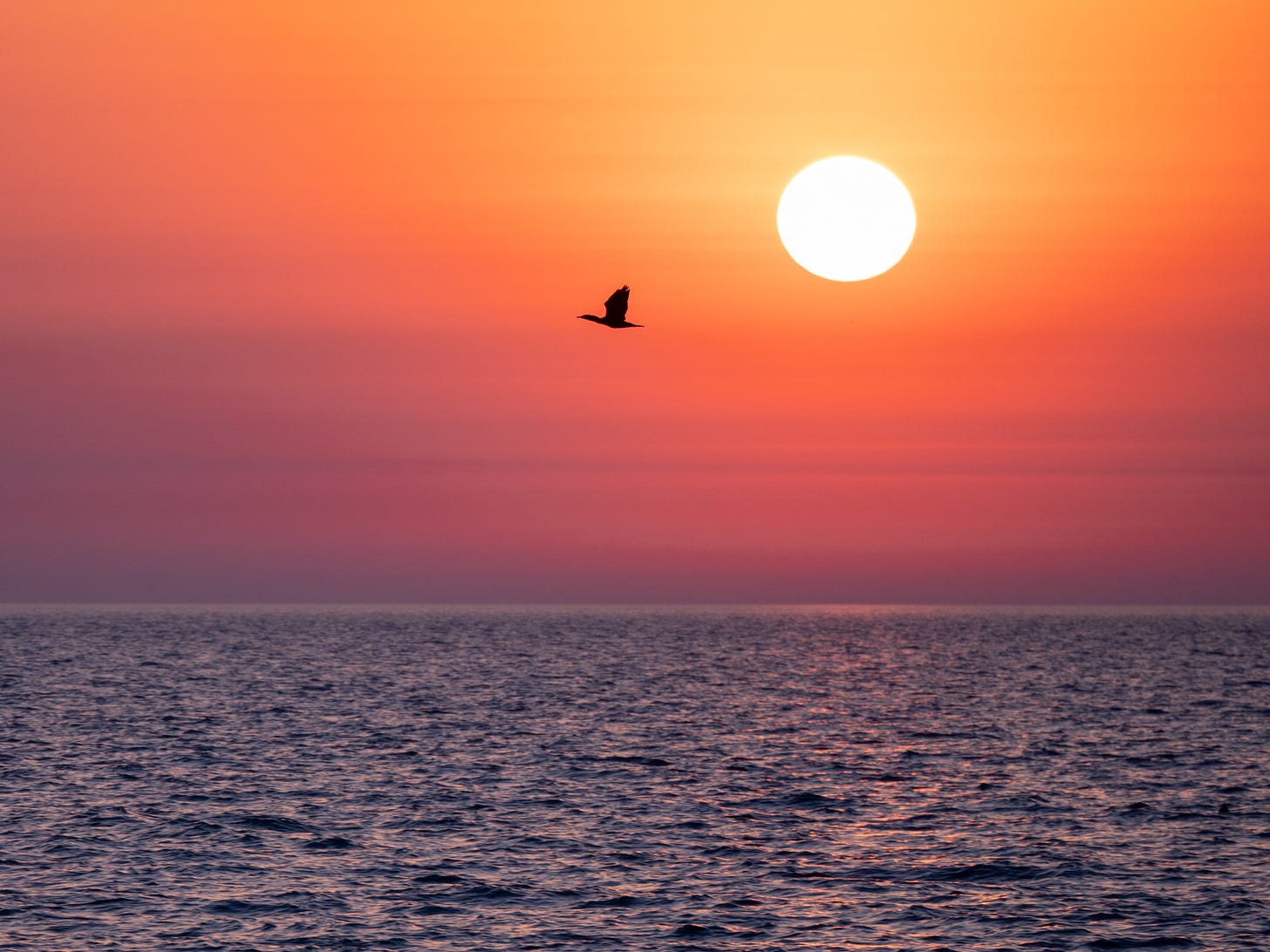
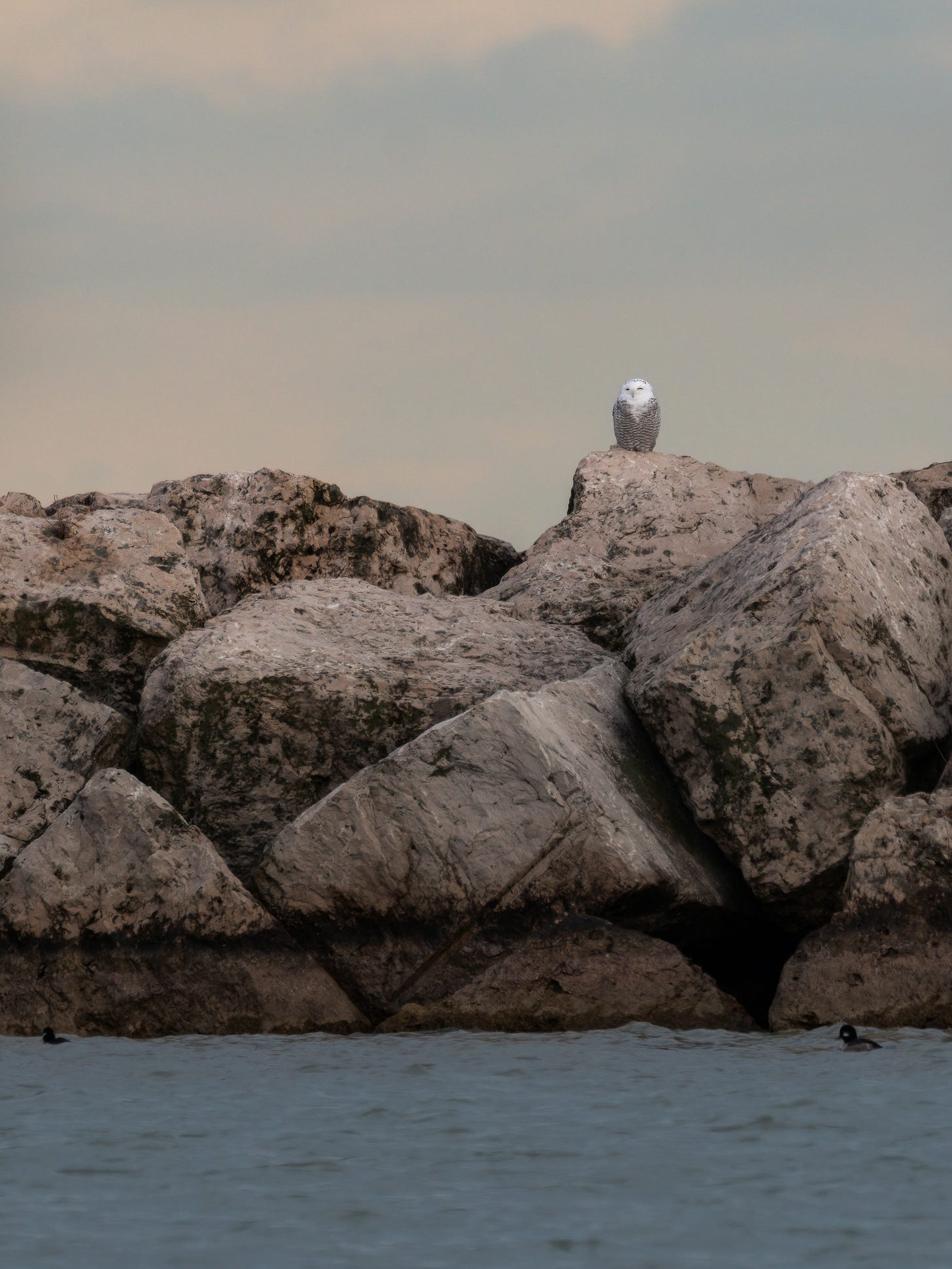
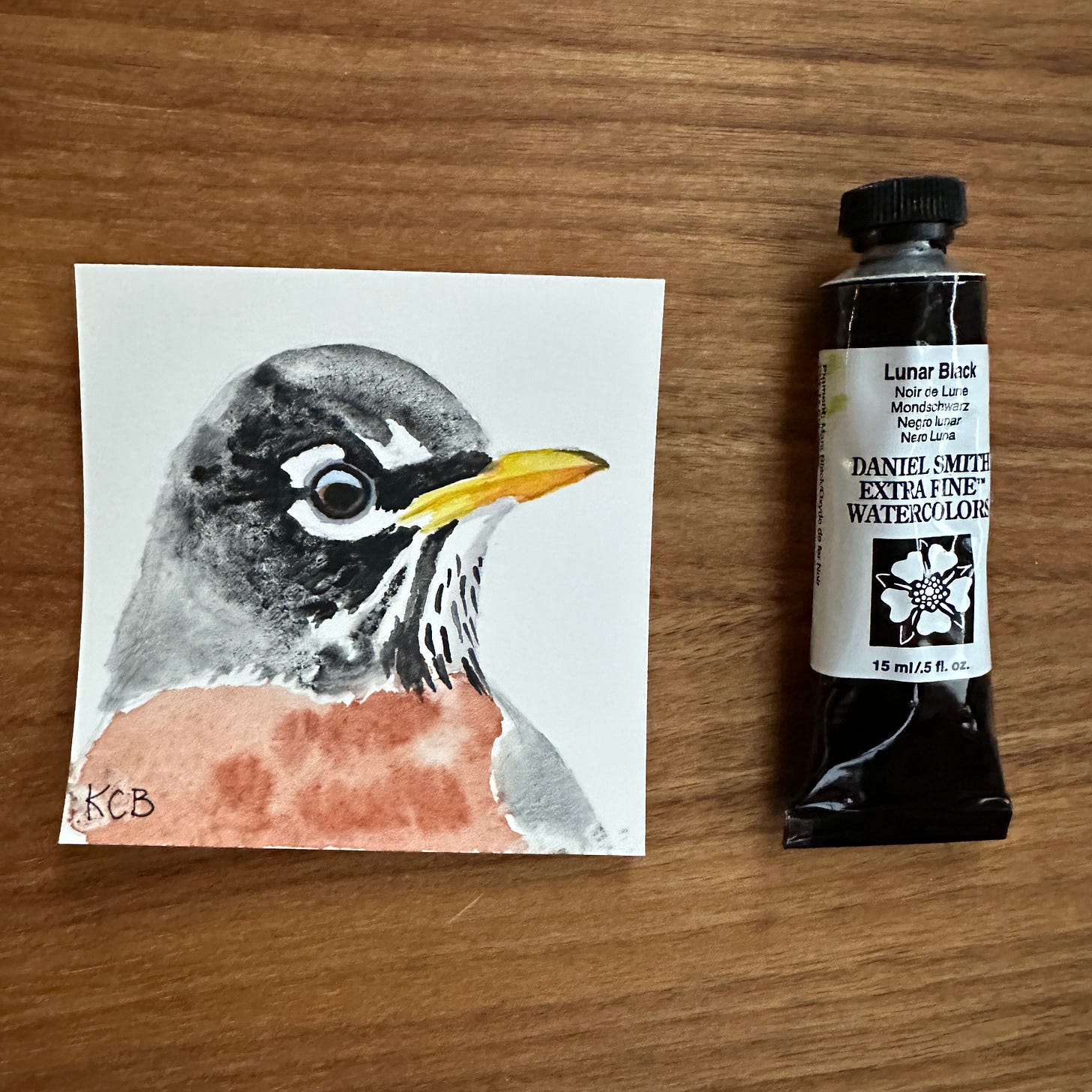
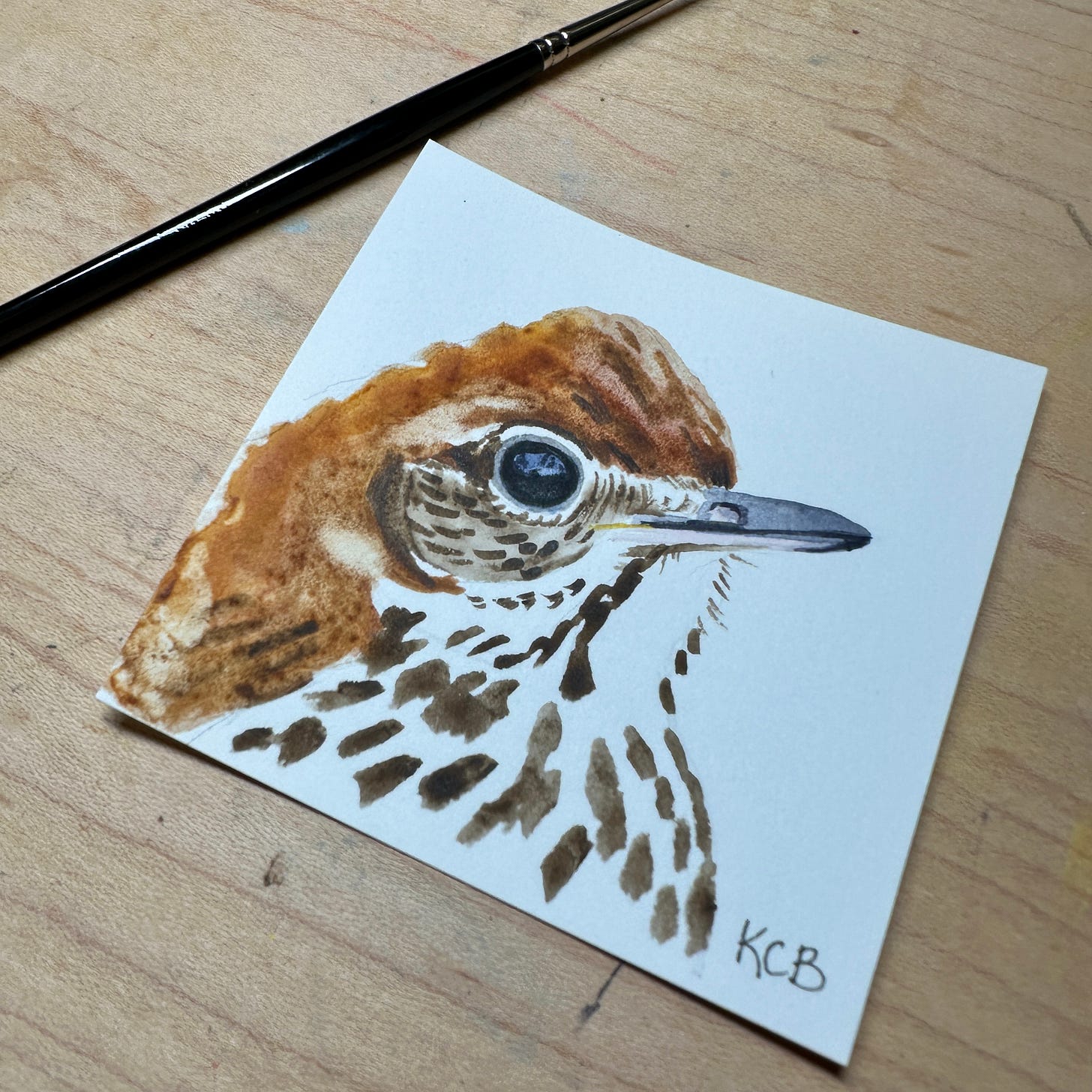
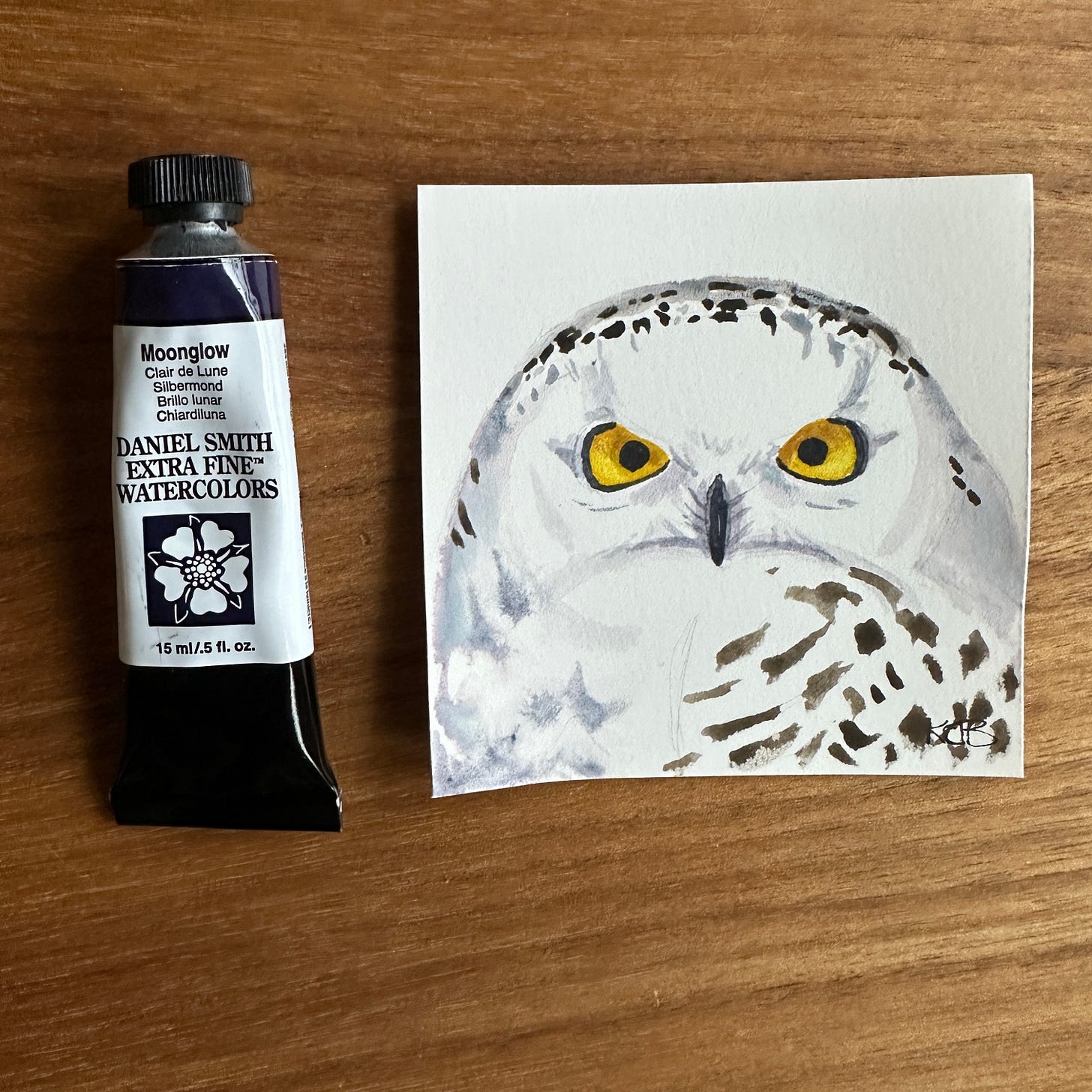
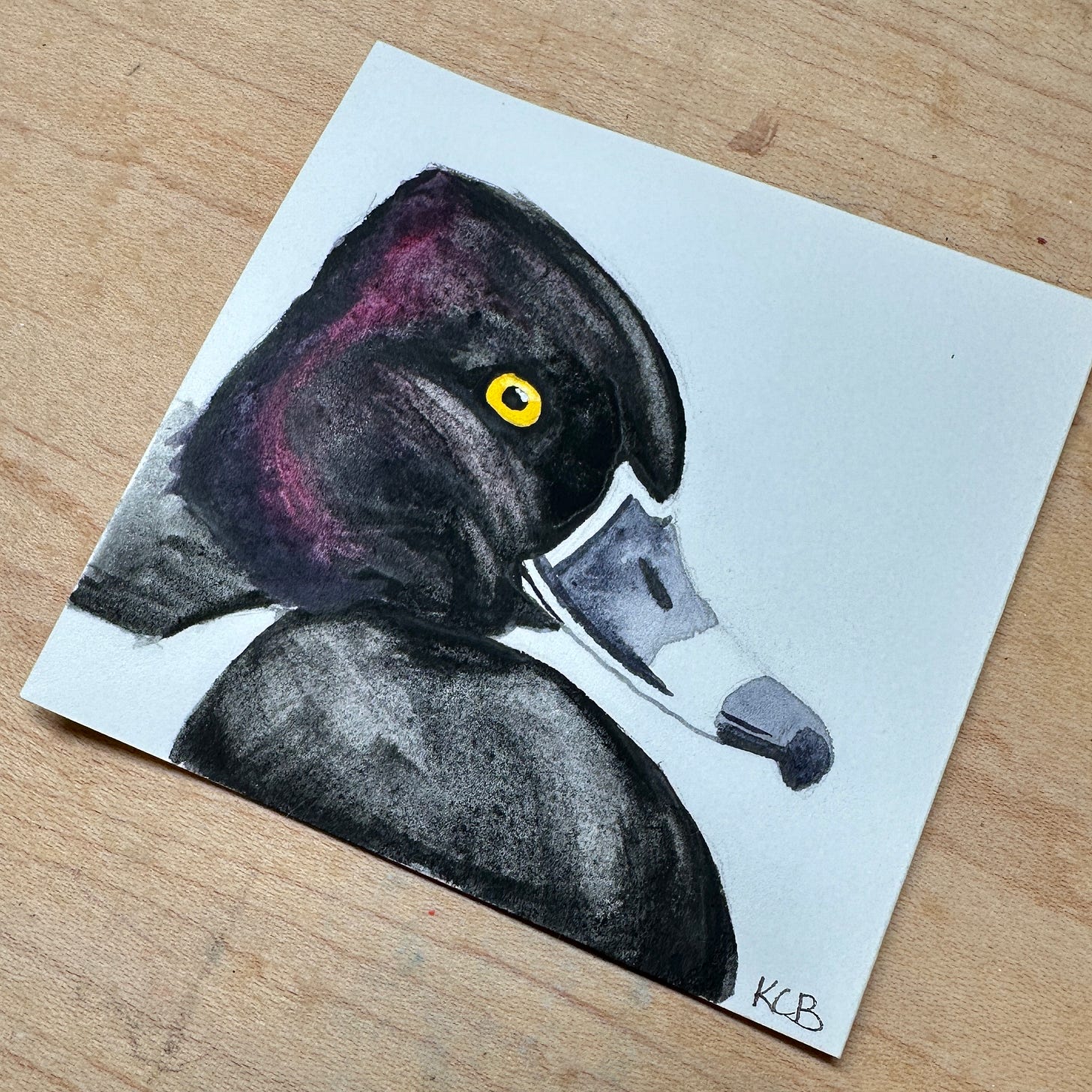

Ring-necked Ducks are uniquely beautiful birds—gorgeous how you captured it in your artwork, love the Wood Thrush too.
I’ve never heard of awe walks, but you are correct in pointing out that’s exactly what birding is.
Ring-billed Duck makes so much more sense for someone looking through a scope at a duck a football field away
Awe walks. It's what birders do. Cool for someone to study it and give it a name. It's exactly what keeps me happy and clearheaded on a day to day basis.